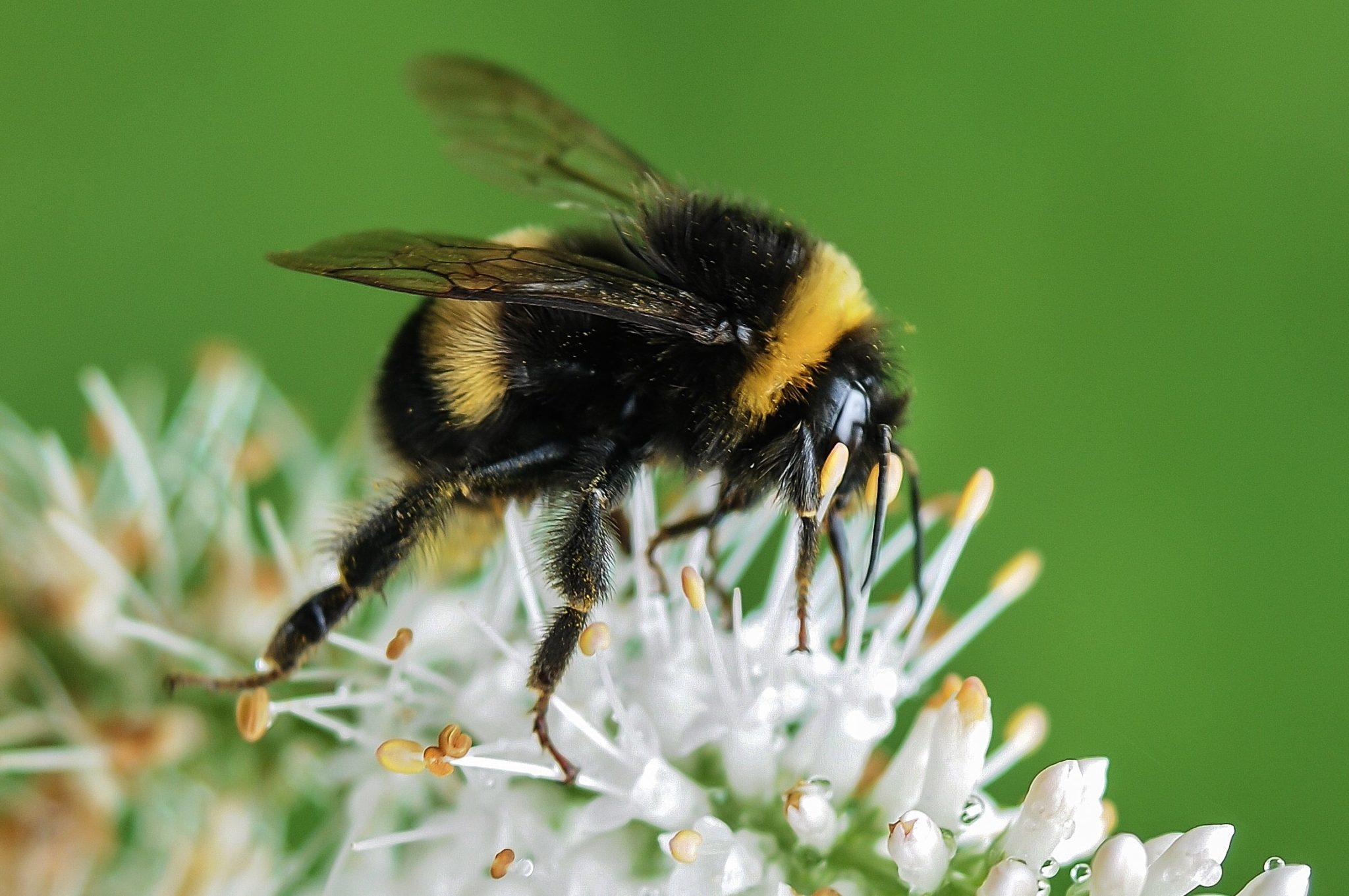As flowers begin to bloom, bees awaken from hibernation, collecting pollen and nectar from flowering plants. It is a commonly known fact that bees are in danger, but why are they so important to the environment?
Bees are essential to making our ecosystem flourish; the pollen they distribute among plants helps in the processes of fertilization and reproduction of plants. When bees collect pollen from one plant, the pollen attaches itself to the bee and falls off as they visit other plants. This process only works when the two flowers are of the same species, but the unintended consequence helps the environment to grow and reproduce.
In the beginning of a bee’s life cycle, the queen bee lays eggs inside of a honeycomb. The eggs that are fertilized become females, while the unfertilized become males. When the eggs hatch, they initially look something like a worm, but after other bees feed and take care of them, they begin to go through other stages of metamorphosis and form into what we know and see as an adult bee. Contrary to popular belief, not every bee has a stinger. Only the female, worker bees have a stinger that can penetrate skin. There are also some kinds of bees that have a stinger but cannot sting at all.
The most common type of bee found in Ohio is the bumblebee, which pollinates in cooler weather compared to other kinds of bees. They are mostly found in gardens and parks and seem to be one of the only bee colonies that are growing. These bees are only one of two types of highly social bees found in the state, nesting underground in rodent burrows. Bumblebees are not known to be aggressive, but they can be when provoked. Some may believe that yellow jackets are the most common bee in the state, but in reality, yellow jackets are actually wasps. You may see them more often, but they are not bees.
As bee season kicks into high gear, try to remember their importance to the environment and be cautious when handling them. If you have a bee, hornet or wasp problem that becomes unbearable, call Action Pest Control, Inc.


